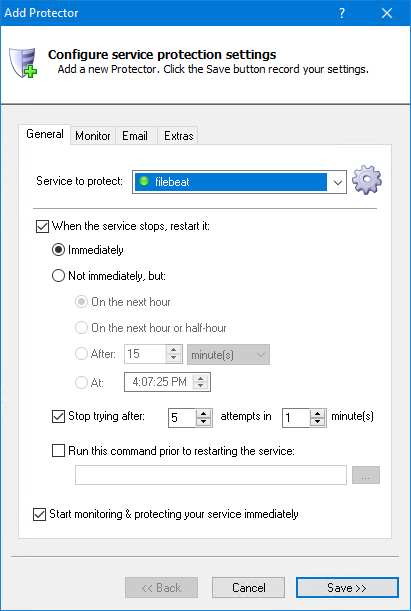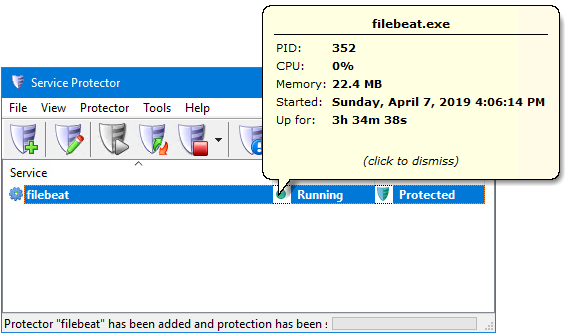
Test networkįirst, let’s start by creating a small test network to understand what a DNS beacon is and how it works. An iterative server will tell the client the next DNS server to ask to obtain the answer, such as a local ISP DNS server. A recursive server will resolve the hostname on behalf of the client and return an answer. If not found, the local DNS server can be setup to be a recursive or an iterative server for DNS requests. If not found, the OS will make a query to the local DNS server for “”.

If not found, the browser will ask the OS to look in it’s host file for “”. First the browser will check if the domain is in it’s cache. Now let’s take this DNS resolve one step further and see how we actually end up at “”. Humans historically have been better at remembering names they can associate things with and not numbers like IP address. For example, when we want to use a search engine we browse to “” and not “172.217.7.238”. Hostnames provide a more friendly way to name hosts instead of remembering IP addresses. Actual C2 domains we use to make queries and trigger the Bro intel framework.ĭNS provides a mechanism to translate hostnames to IP addresses.This is our local domain for our network.Elastalert – A simple framework for alerting on anomalies, spikes, or other patterns of interest from data in Elasticsearch.Filebeat can send logs to various service but this guide will use Logstash.Filebeat – A lightweight way to forward and centralize logs and files to Logstash.Kibana – Provides visualization capabilities on top of the content indexed on an Elasticsearch cluster.Logstash – A service used for log collection, processing, and ingesting data into Elasticsearch.This is the most important component of the entire stack! Once you understand how data is ingested and retrieved from Elasticsearch then all the components of the ELK stack make more sense.Elasticsearch is a NoSQL type database and contains all your data for your ELK stack.

It provides a distributed, multitenant-capable full-text search engine with an HTTP web interface and schema-free JSON documents. Elasticsearch is a search engine based on Lucene.

The team server also stores data collected by Cobalt Strike and it manages logging.
FILEBEATS WINDOWS DHCP LOG PAUSE SOFTWARE
Cobalt strike is software for Adversary Simulations and Red Team Operations.A lot of security professionals and enterprises are asking what is threat intelligence, do I need it, and can it improve my security? First let’s start by defining threat intelligence and the rest of this guide will provide a practical use case for threat intelligence. Threat intelligence is utilizing information to detect security threats that traditional methods and technologies may not and providing decision driven incident response based off data. One of the biggest trends in cyber security is threat intelligence.


 0 kommentar(er)
0 kommentar(er)
